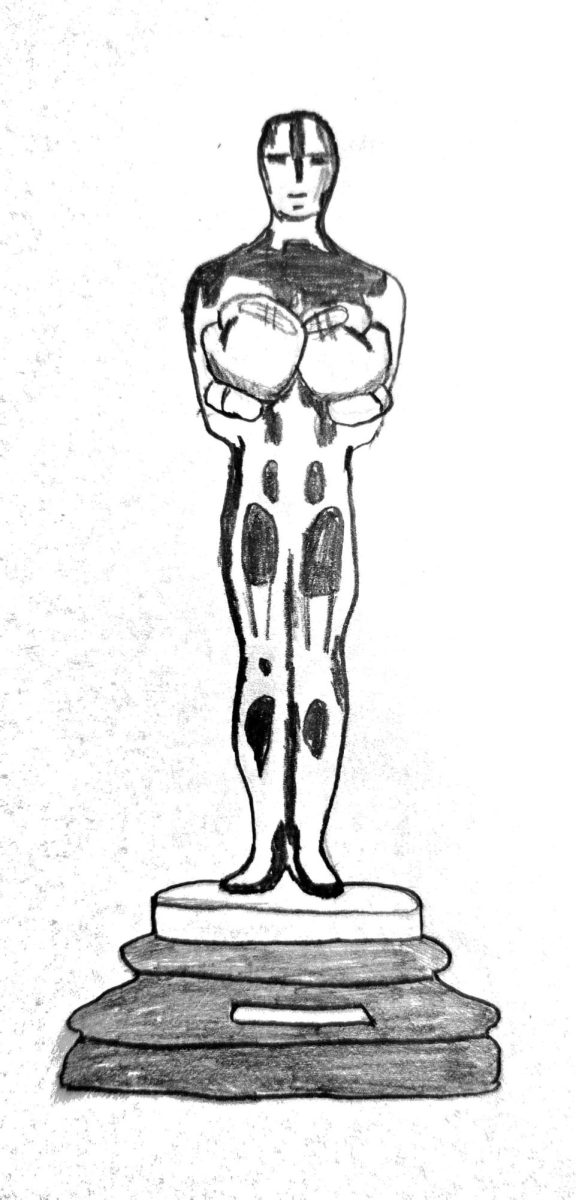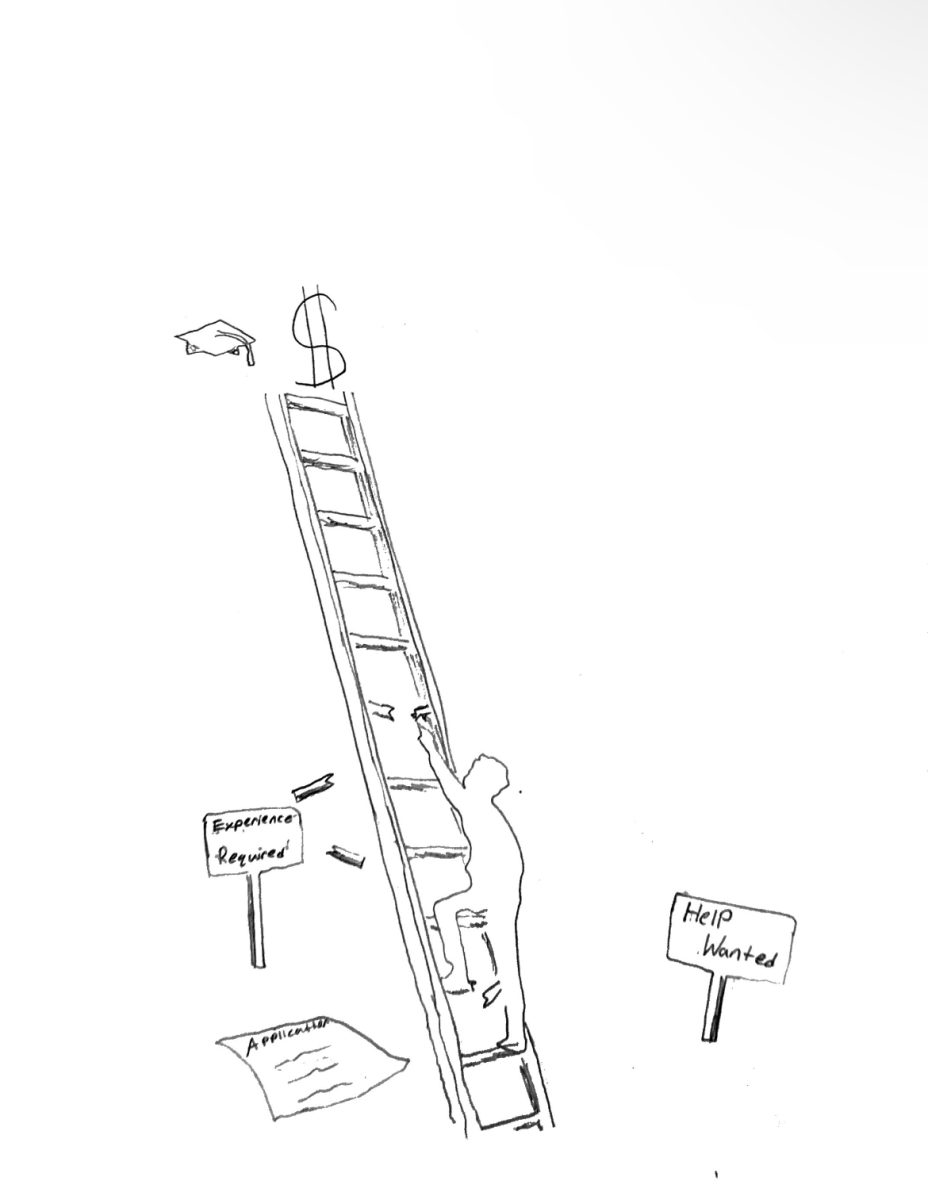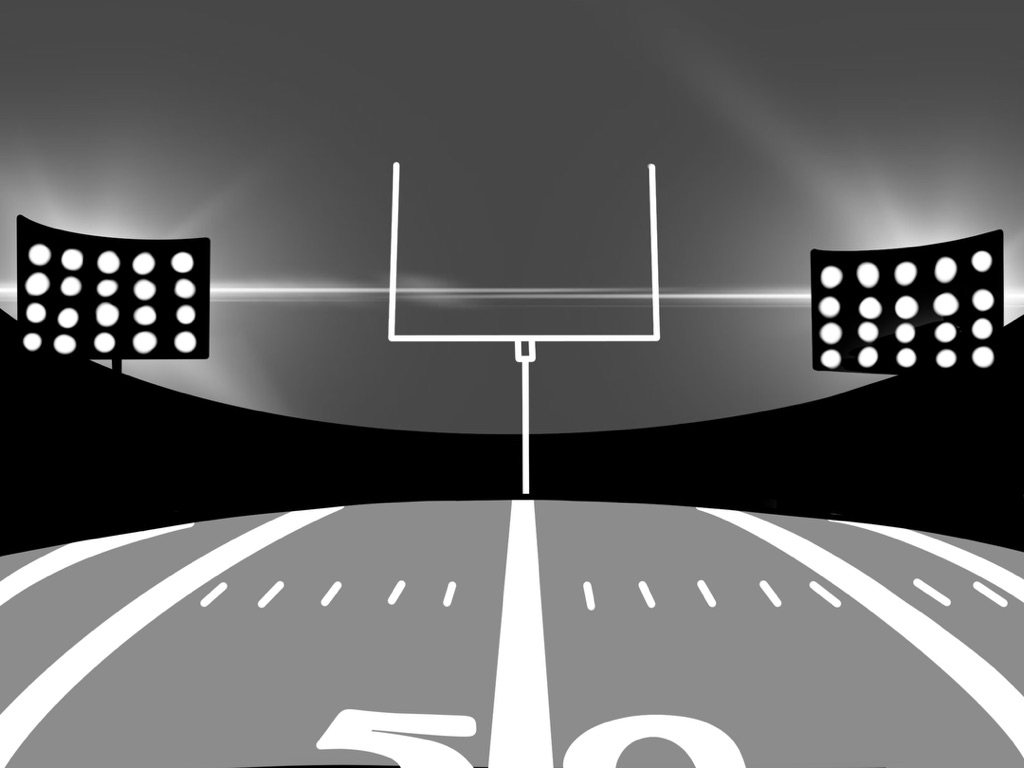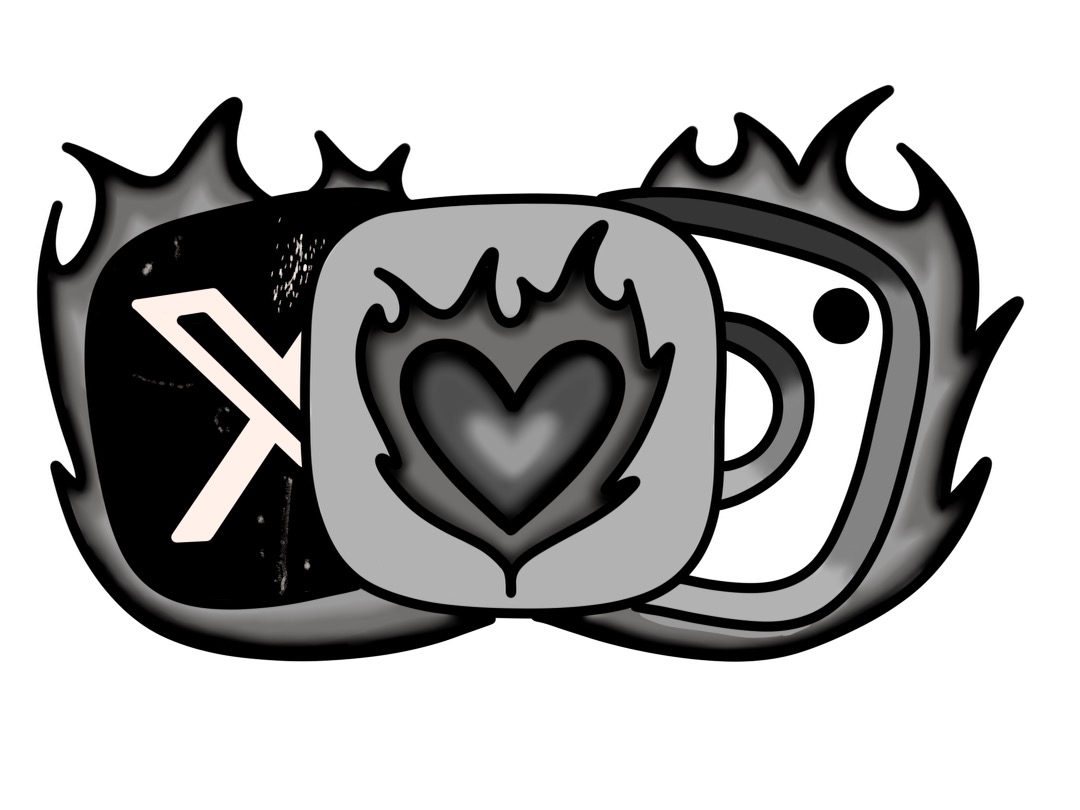A grey old man, crippled with age, crouches over a microphone and pleads to a jury for an acquittal. He acts as his own attorney, and presents little to no substantial argument. One hour folds into another, yet he still drones on, inundating the jurors with his lengthy opening argument.
His fervor is somewhat understandable — he is, after all, on trial for quadruple homicide.
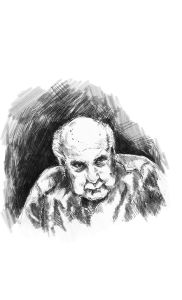
Joseph Naso’s murder trial was a long time coming — a culmination of years of criminal activity. The prosecution of Naso came to an apex this summer, during which the trial was held.
The defendant is straight out of an Alfred Hitchcock film — a comic book villain whose steely grimace is sinister, the recesses of his crumpled face caverns, and his eye sockets devoid of life.
I sit in the audience in the Marin County Courthouse, observing the trial and trying to avoid eye contact with the gristly man as the trial wears on — the defendant taking his time, as if he can peer into the minds of the jurors.
Several weeks later, they returned with a guilty verdict, and Joseph Naso was sentenced to live out his last years on death row. The prosecuting attorneys — Dori Ahana and Rosemary Slote –, the victims’ family members, and Judge Andrew Sweet alike somberly rejoiced: “You being in this world, Mr. Naso, has made this world a worse place,” Sweet said as the sentencing hearing concluded.
Months have passed since the trial concluded, but a few weeks ago Ahana and Slote were given accolades for their work in successfully prosecuting Naso.
The award for outstanding prosecution work, presented to them by the California District Attorneys Association on April 25, is one of the highest honors that can be bestowed upon a district attorney.
Now, let’s put this into perspective: Naso was aided solely by a legal assistant who, during the court’s recesses, would complain to the prosecutors about having to assist the defendant.
Audience members frequently scoffed loudly in the background when Naso would speak, and a few jurors shook their heads periodically. At one point during a recess, the judge noted to Naso the jurors’ disdain — but mentioned nothing to the jury itself.
It was clear to everyone in the audience that Naso was guilty — apparently it was clear to the jury as well.
Part of me is glad that the deranged old man is behind bars for what he has left of his life, but the fact that the judge, attorneys, and even Naso’s own legal aid in some way contributed to a guilty verdict tarnishes the integrity of the justice system in which innocence is supposed to be presumed.
Quite frankly, it seems slightly off-kilter when those other than the prosecuting attorneys have a visibly recognizable premonition of guilt before the trial has concluded.
In contrast to Naso’s defense team, the prosecution team — comprised of two of Marin’s most highly regarded attorneys and a veteran private investigator — weilded a bounty of evidence, including several DNA matches, a diary delineating the alleged crimes written and signed by the defendant, and abounding circumstantial evidence pointing directly to Naso.
Naso had photographs. Hundreds of photographs, mostly glamour shots that he had taken during his career as a semi-professional photographer. He called witness after witness, asking how they were doing, and proceeding to display photo after photo, his witnesses’ testimonies sometimes stretching for hours on end.
After a total of eight hours of deliberation spread over two days, the jury finally returned a guilty verdict. In the Max Wade trial, in which the prosecutors had no such direct evidence, the jury took less than half of the time to reach their guilty verdict.
As such, it is hardly “outstanding prosecution work” to successfully convict a man who had not a snowball’s chance in hell to stand up for himself in a court of law.


